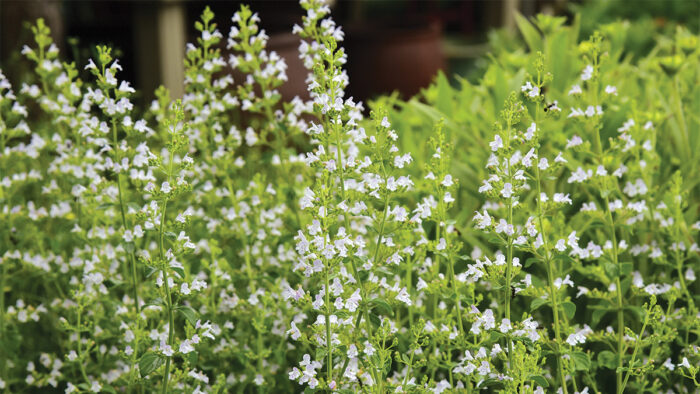
Fionuala Campion says in her article, Dazzling Deer-Resistant Perennials, “Though very graceful and delightful to behold in their native habitat, deer are a voracious force to reckon with in many Northern California gardens, particularly in summer and fall.” But these majestic creatures are not just an issue for gardeners on the west coast. There are populations of deer in all 50 states, and all are munching on the many different plants we’re growing across the country.
There are a vast array of deterrents that can offer various levels of success, but sometimes the best method to deter pests is growing plants they won’t bother with. While results can always vary, these four expert-selected plants for the South are the closest you’ll get to deer-proof.
1. Whale’s Tongue Agave
Name: Agave ovatifolia
Zones: 7b–11
Size: 2 to 3 feet tall and 3 to 4 feet wide
Conditions: Full sun; average to dry, well-drained soil
Native range: Northeastern Mexico
This hardy agave is one of my favorites of all time. It thrives in sandy clay soil in a very hot microclimate on the south side of my house. In our region it rarely sustains any winter damage. It forms a structurally stunning rosette of thick, silvery, slightly cupped leaves tipped with sharp points. Try using it mixed into a full-sun perennial border, or as the star of a drought-tolerant hellstrip design. It looks especially stunning near a bright-colored companion like ‘Fernspray Gold’ Hinoki cypress, another of my deer-resistant favorites. To keep it healthy, do not overwater, and do not cut off the terminal spines. The spines are part of the leaves, and removing them could introduce an avenue for pathogens to infect the plant.
2. ‘Chapel Hill Yellow’ Lantana
Name: Lantana ‘Chapel Hill Yellow’
Zones: 7–11
Size: 18 to 24 inches tall and 24 to 36 inches wide
Conditions: Full sun; moist to average, well-drained soil
Native range: Hybrid
On the spectrum of cold-tolerant-lantana hues, ‘Chapel Hill Yellow’ is less the color of road paint and more that of a ray of sunshine. Herbivores avoid it, perhaps because of the sandpaper-like texture of its foliage, which makes my arms itch for hours when it scratches against them. Yet I keep going back to this mounding, butterfly- and bee-attracting perennial for its continuous blooms, which add cheer to the front of the border from early summer through fall. If lantana lace bugs become a problem, spraying with neem or horticultural oil early in the infestation and before the temperatures climb above 90°F should help. ‘Chapel Hill Yellow’ requires little additional care aside from some regular watering to get it established and some pruning in spring once it starts producing new leaves.
3. ‘Fernspray Gold’ Hinoki Cypress
Name: Chamaecyparis obtusa ‘Fernspray Gold’
Zones: 4–8
Size: 5 to 6 feet tall and 3 to 4 feet wide
Conditions: Full sun to partial shade; average to moist, well-drained soil
Native range: Japan
This hardy conifer—one of my favorites—deserves a spot in any garden that is ravaged by cottontail rabbits and white-tailed deer. They tend to avoid it, as there are many more palatable options for them to munch on in most gardens. Its golden-yellow, flat, fernlike branches grow somewhat horizontally, but the plant has an overall pyramidal habit. Whether you choose to prune it to keep it smaller or allow it to reach full size, it will add a vibrant evergreen pop to any design. When it is grown in the deeper South, ‘Fernspray Gold’ appreciates a spot in partial shade, and you should water yours more often than I do mine.
4. Calamint
Name: Calamintha nepeta subsp. nepeta
Zones: 5–7
Size: 12 to 18 inches tall and 12 to 24 inches wide
Conditions: Full sun; average to moist, well-drained soil
Native range: Europe; the Mediterranean region
By far the best plant you’re not growing is calamint. My love affair with this plant started at the nursery and garden where I worked as a teenager. I walked by this puffball of small white flowers daily throughout that summer, and after having lost touch for years, we finally reunited after a plant sale. Now I walk by it daily at home, where it blooms in full sun against the burgundy foliage of ‘African Night’ pineapple lily (Eucomis ‘African Night’, Zones 6–9). Calamint thrives in evenly moist soil and will reflower when lightly deadheaded. Though most plants have showy white flowers, some bloom purple.
Amanda Bennett is the vice president of horticulture and collections at the Atlanta Botanical Garden.
Photos: millettephotomedia.com


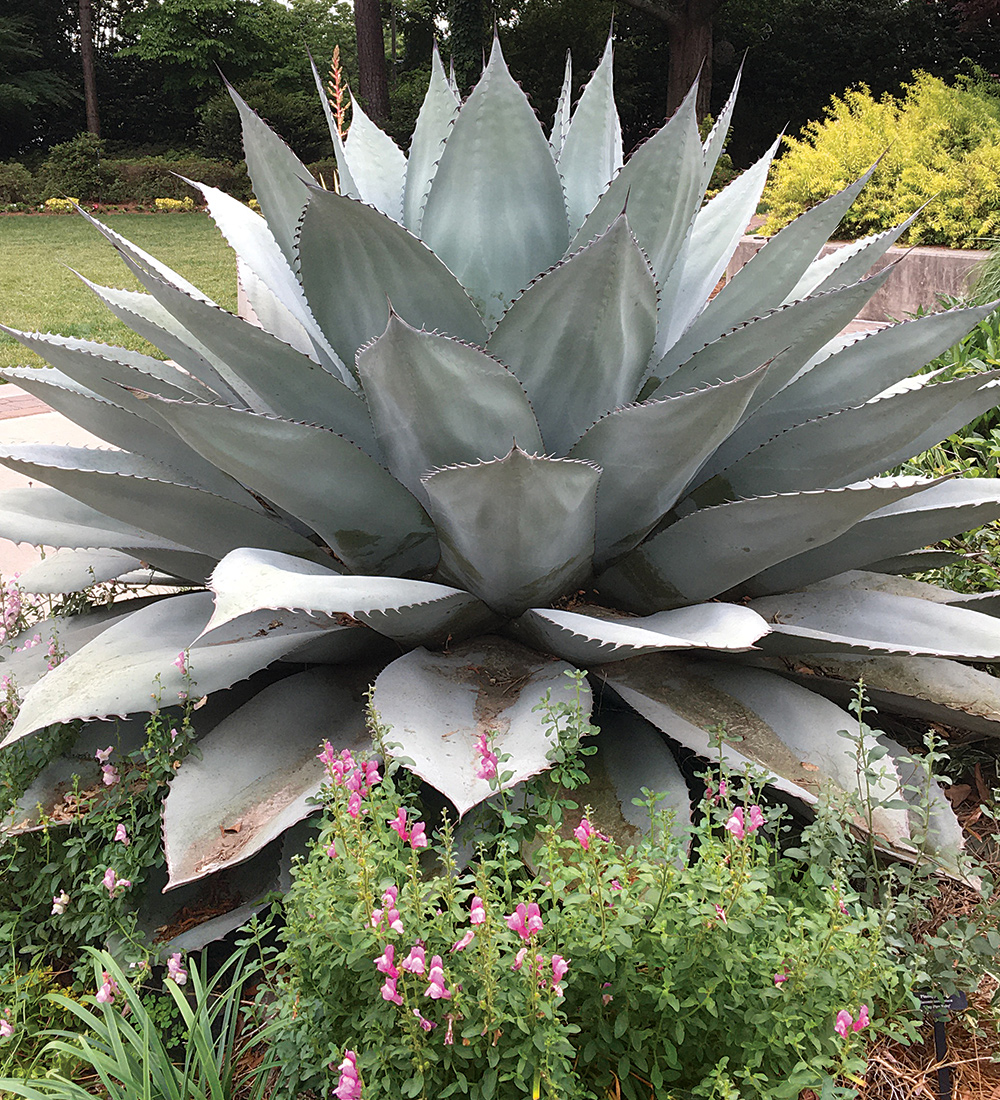
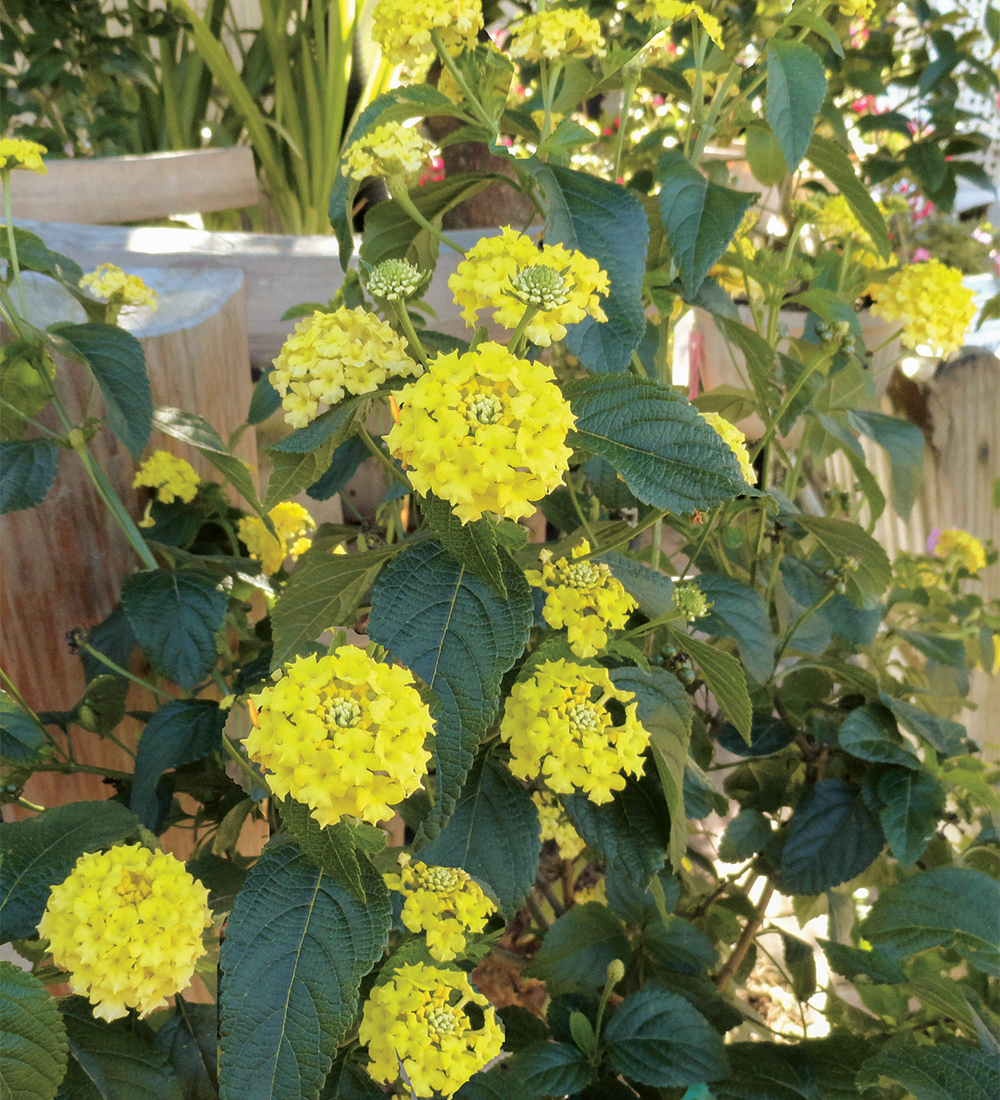
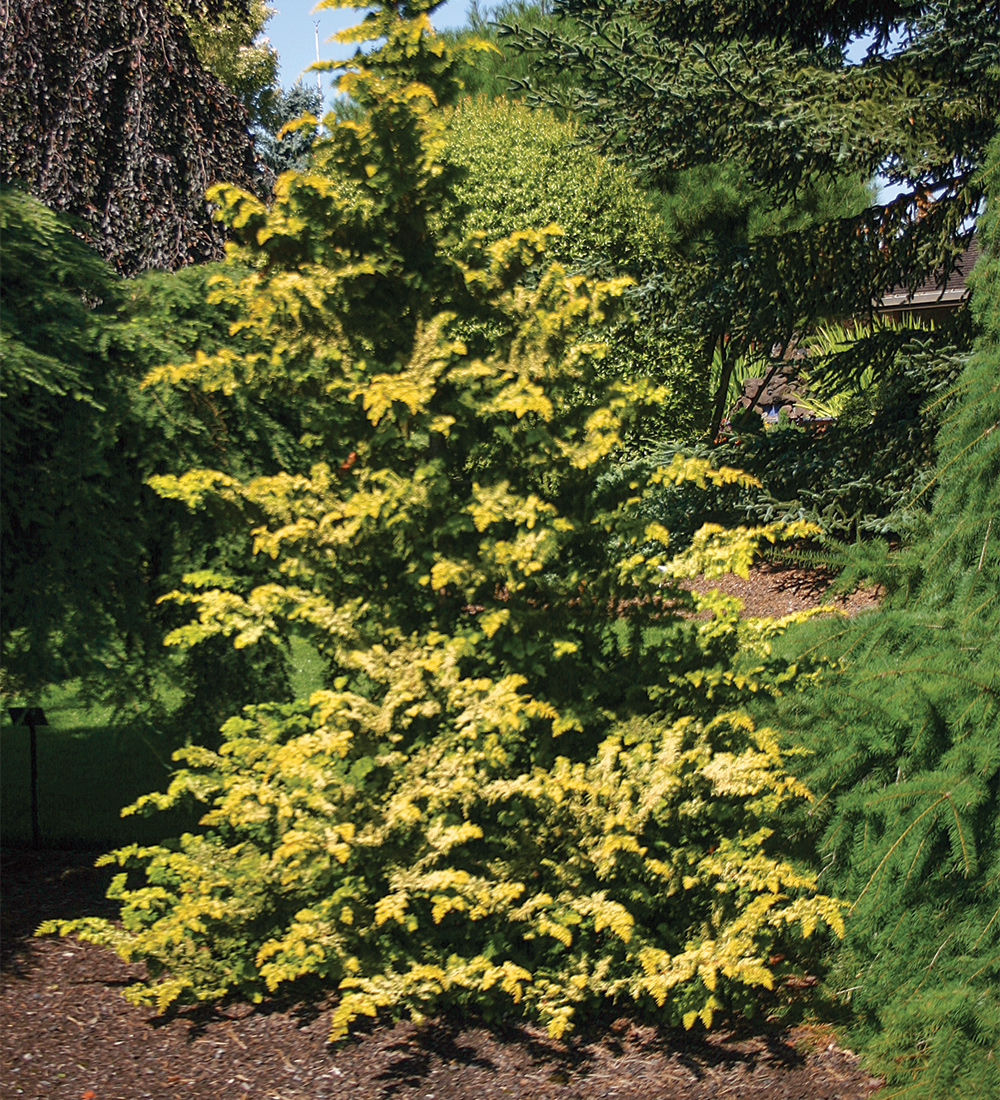
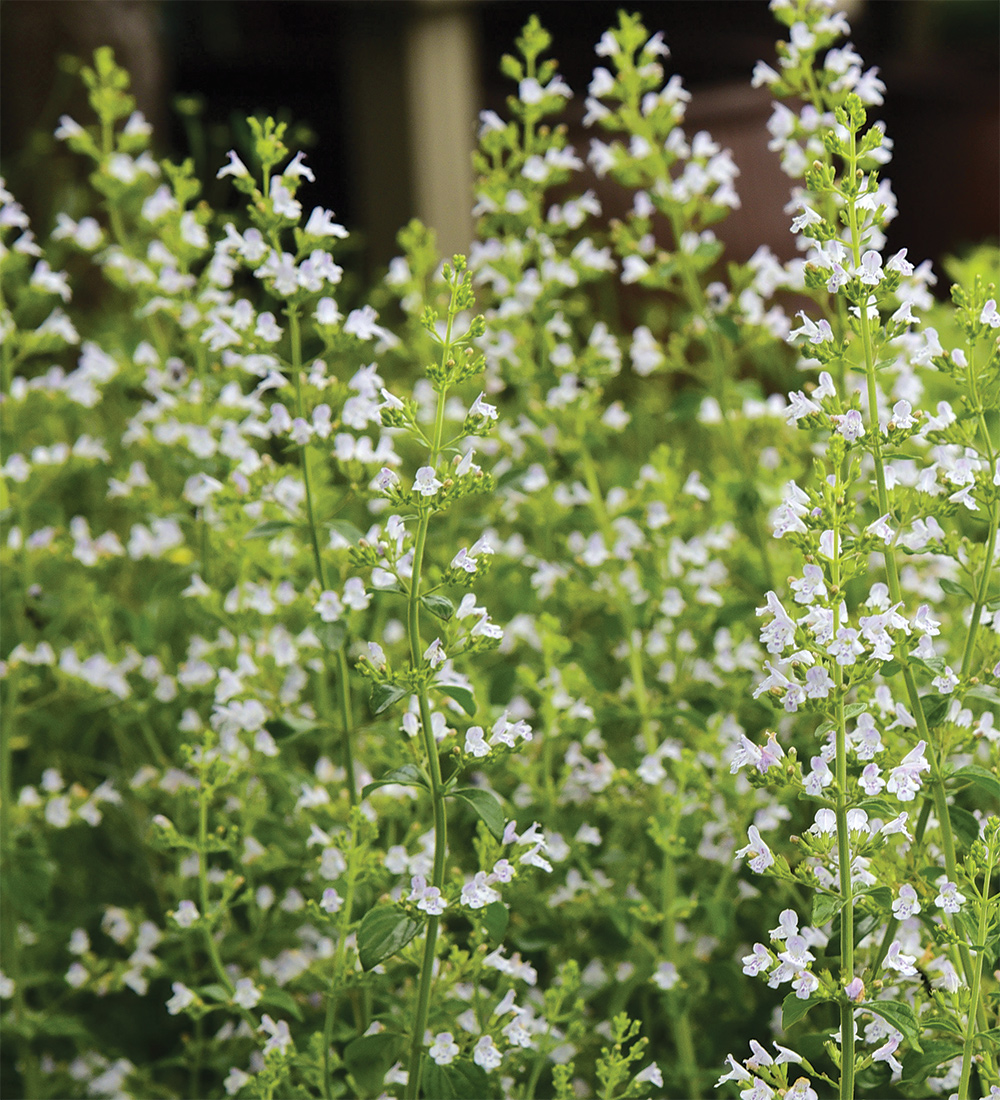

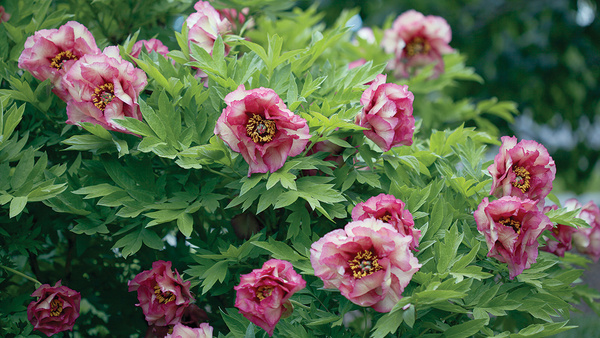
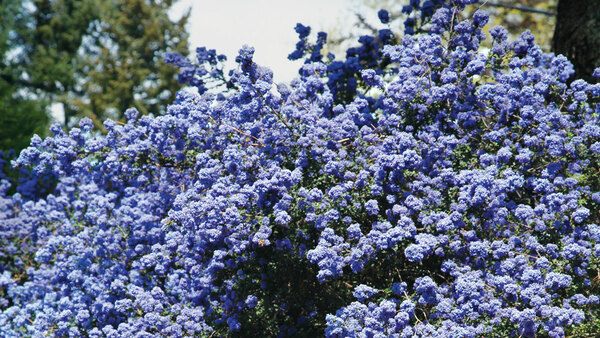
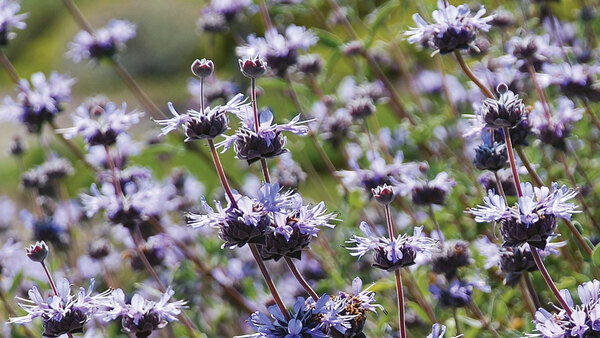












Comments
Log in or create an account to post a comment.
Sign up Log in